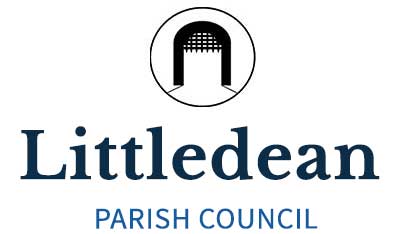About Littledean
Littledean is a rural parish of 3,500 acres with some 270 houses and a population of about 700. It is situated about five miles north of the city of Gloucester. Geographically it lies within the the Leadon Vale; administratively it is part of the Forest of Dean.
History of Littledean
Littledean, which once had a market and was a centre of ironworking and metal trades, lies 17 km. WSW. of Gloucester. As defined in 1878 the ancient parish, one of the smallest in rural Gloucestershire, contained 495 a. and was very irregular in shape.
It was bounded by the once extraparochial Forest of Dean on the north and by detached parts of Flaxley and Newland elsewhere, and on the south, beyond Dean Hill, a peninsula of Littledean to the west of Newnham touched the Forest at Blaize Bailey. On Dean Hill the parish included a small area which as late as 1863 had been a detached part of the Forest.
Littledean’s boundaries followed a straight ridgeway on Littledean Hill to the west and ancient tracks in places elsewhere. The eastern boundary with part of Flaxley took in Littledean Camp, a small earthwork probably of the late 11th or early12th Century, which has been identified as ‘The Old Castle of Dean’ recorded in the mid 12th century. The earthwork was acquired in 1987 by the Dean Heritage museum.
The name Littledean, used in its Latin form Dean Parva in 1221, distinguished it from nearby Mitcheldean (Dean Magna), with which it presumably had a tenurial connexion in 1086.
Littledean, which remained a member of Mitcheldean in 1316, had a church by the later 12th century.
In 1883 Littledean absorbed the parts of Flaxley and Newland, together with a small detached piece of Westbury-on-Severn, to the east. In 1953, on the dismemberment of East Dean civil parish, it took in part of the Forest to the north, including Pope’s Hill, Shapridge, and Edge Hills, to more than double its area to 1,568 a. (634.5 ha.).
